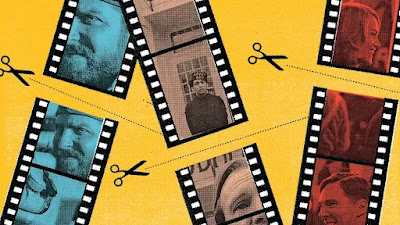Advance filmmaking DI (Digital Intermediate), DCI (Digital Cinema Initiatives), DCP (Digital Cinema Package)

What is DI? DI stands for Digital Intermediate, which is a post-production process where the original film or video footage is scanned and converted into a high-resolution digital format. This allows for color correction, visual effects, and other adjustments to be made to the final image before output to a film print or digital distribution format. For example, a movie shot on 35mm film might undergo a DI process in which the film is scanned at 4K resolution and then color graded to adjust the overall look and feel of the film. Special effects such as compositing and visual enhancements can also be added. The final output is then used to create the film prints or digital distribution master copies. An example of a film that underwent a DI process is the movie "The Martian" directed by Ridley Scott and released in 2015. The film was shot on 35mm film, but during the DI process, the footage was scanned at 4K resolution and then color graded to create the desired look and feel...
.webp)
.png)



